by Jamie Nonis

Photo: BYD
There’s a video of Elon Musk circulating online in which the Tesla founder is seen sniggering at the notion of BYD as a competitor during a 2011 Bloomberg TV interview. “Have you seen their car?” he asks the presenter rhetorically, dismissing BYD cars as unattractive and lacking strong technology.
In the ultimate revenge glow-up, the Chinese carmaker victoriously dethroned Tesla as the world’s most popular electric carmaker in December 2023, outselling its American rival in a resounding triumph for BYD’s billionaire founder Wang Chuanfu.
“Have you seen their Seal?” is what we’d like to ask Musk today.


The BYD Seal, introduced in mid-2022, features a sleek and sporty silhouette that would not find itself out of place parked alongside the likes of a Porsche. Unsurprising, then, that the Seal went on to win the iF Design Award — one of the world’s most prestigious design awards — the following year.
While BYD may suddenly seem everywhere all at once, the Shenzhen-based company has, in fact, been refining its product and strategy for almost two decades since its first hybrid electric vehicle rolled off the production line.
Amongst key milestones in its staggering success story is bringing in German designer Wolfgang Egger, whose stellar track record spans stints at Audi, Alfa Romeo, and Lamborghini as design head in 2016, and engaging Hollywood heavyweight Leonardo DiCaprio as brand ambassador that same year to burnish its cred.
The company also revamped its image in 2022, rebranding itself from its original “Build Your Dreams” brand identity to a more succinct, universal, and easily identifiable “BYD”, the same year the Seal was born.

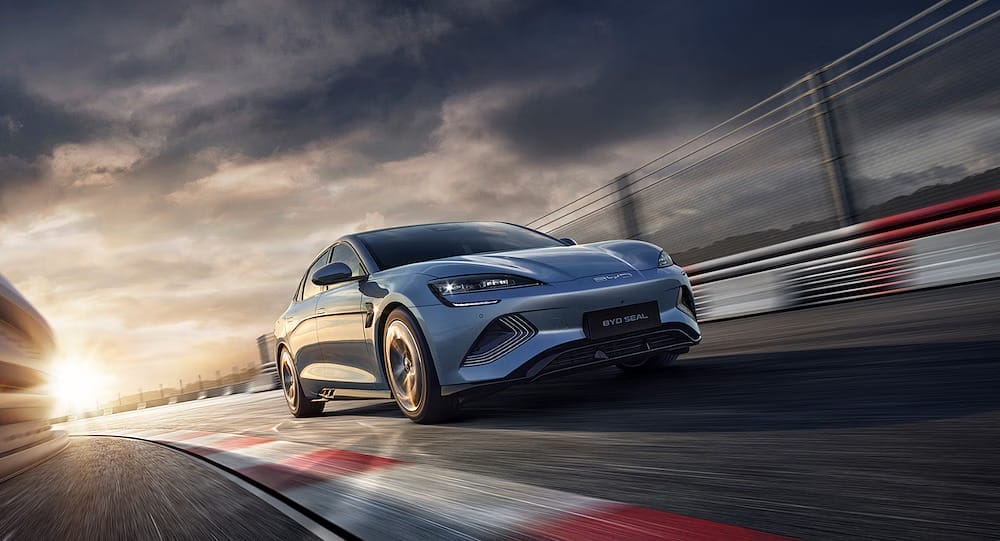
The sleek and sporty BYD Seal is a prime example of how design-forward Chinese EVs are these days. (Photo: BYD)
It had also caught the attention of another billionaire — perhaps more prescient than Musk — whose investment firm Berkshire Hathaway pumped US$230 million ($334.5 million) into BYD for a nearly 10 per cent stake in the Chinese company in 2008. Well, Warren Buffet is widely regarded as the “Oracle of Omaha”, after all.
Now, BYD’s success is not only a lesson in humility for Musk but for all of the West, too: Never underestimate an underdog hungry for world domination.
China’s growing automotive clout
Let’s not sugarcoat it. For decades, implicit in the “Made in China” label was the perceived notion of low product quality justified by low prices. But all that is rapidly changing — in the automotive sector, at least.
The fact that the industry is at an inflexion point as the world moves away from internal combustion engine (ICE) cars towards electric vehicles (EVs) in a bid to save the planet from impending doom as the climate crisis intensifies has clearly worked in favour of Chinese automakers.
Instead of playing catch-up to Western dominance in engine manufacturing, they’re now capitalising on the opportunities presented by the new EV frontier and focusing their business models on solely producing EVs flushed with flashy new tech.
They are now dramatically altering the automotive landscape, as Chinese carmakers not only set new standards for EV production and pricing but are also able to release new models in record times, with many doing so efficiently and profitably.
BYD seems to have cracked the code for producing low-priced EVs, and it’s not the only one. There’s Ora and Omoda, exhibited at this year’s Singapore Motor Show, and Zeekr by China’s automotive giant Geely, the latest Chinese EV entrant arriving here later this year.

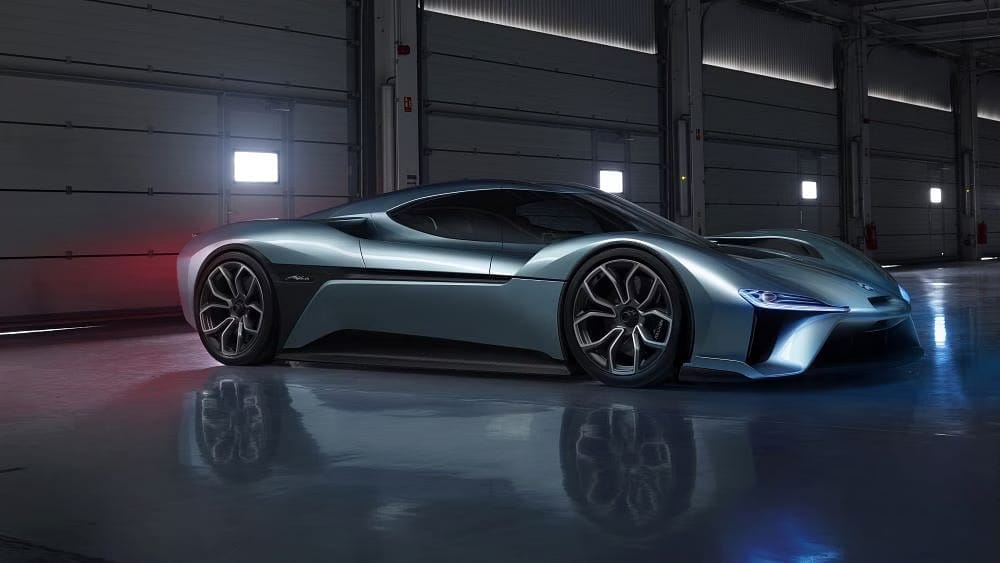
The track-only Nio EP9 is one of the fastest electric cars in the world, which set the record for fastest laps at the Circuit of the Americas and Nürburgring race tracks. (Photo: Nio)
Driven by government subsidies and venture capital funding, there’s certainly no shortage of Chinese start-ups hitting the market fast and furious, either from Nio, XPeng (or Xiaopeng), and Leapmotor to BYD-owned brands Denza (a joint venture with Mercedes-Benz) and Fangchengbao (looking like a Land Rover competitor), as well as Yangwang, positioned as a luxury brand priced above 1 million yuan with even an electric supercar, the U9, in its portfolio.
Even Xiaomi, China’s fifth-largest smartphone maker, is getting into the EV game. Late last year, the company unveiled its first electric car, the SU7 (short for “Speed Ultra”), which is said to be powered by a “super electric motor” capable of delivering acceleration speeds faster than Tesla cars and Porsche’s EVs when it arrives later this year.
According to chief executive Lei Jun, the company will be investing billions to develop its auto unit over the next decade, underscored by eye-widening ambitions to become one of the world’s top five automakers in the next 15 to 20 years, even before delivering the first Xiaomi car to customers.
Like the BYD Seal, the SU7 is yet another example of how design-forward Chinese EVs look these days. One glance at these AI-powered models, and it’s easy to see why a worried Musk has been slashing Tesla prices by up to 20 per cent in Singapore and other markets.

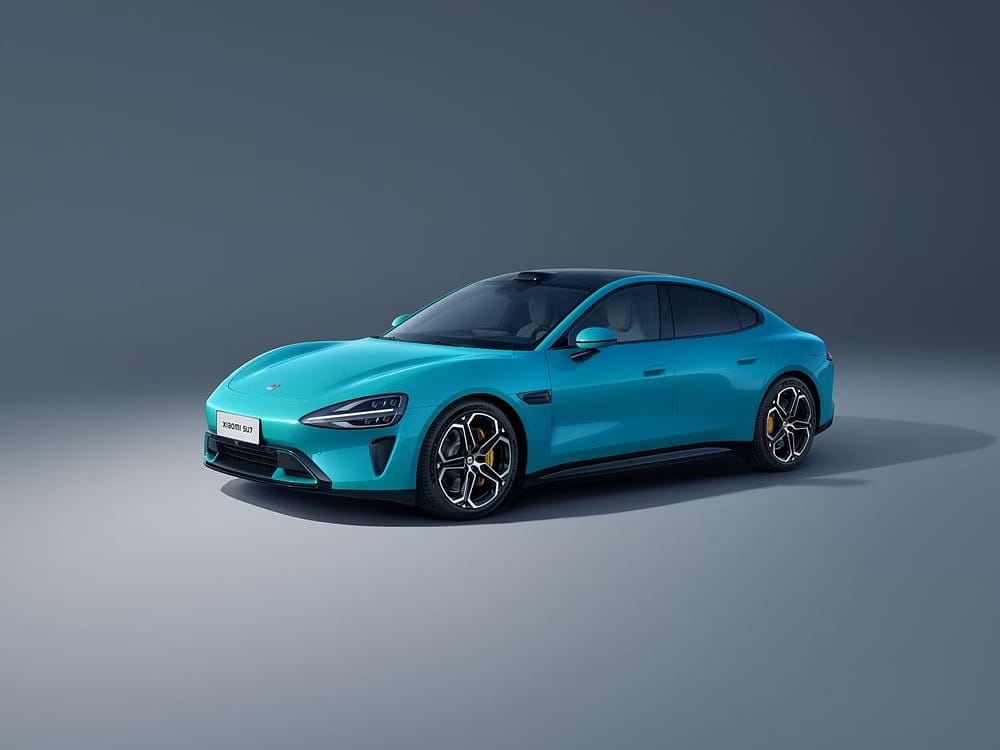
Smartphone maker Xiaomi has ambitious plans to become one of the world’s top five automakers in the next 15 to 20 years, with its first model, the SU7, poised to go head-to-head with Tesla and Porsche EVS. (Photo: Xiaomi)
“There’s a lot of people out there who think that the top 10 car companies will be Tesla followed by nine Chinese car companies. I think they might not be wrong,” Musk said at The New York Times 2023 DealBook Summit last November, a month before BYD took Tesla’s crown.





Together, these Chinese carmakers have overtaken Japan as the world’s top country for car exports, with over 5 million cars exported in 2023, going from sixth to top seed in just three years, according to a CNBC report.
Chinese brands now account for half of the EVs sold globally, with Nio, XPeng, and BYD already being sold in Europe. In fact, the Tesla-crusher is in the midst of building a plant in Hungary to produce its EVs and hybrids for the European market, and analysts predict that Western carmakers could lose up to a quarter of market share due to the proliferation of cheaper Chinese EVs.
Challenging the traditional power balance
While there is little debate about the remarkable rise of Chinese carmakers, this recent phenomenon begs the question: Where does this leave legacy players?
Electrification has democratised the global automotive industry, so new car models are no longer marketed based on their engine capacity. It’s no longer about how powerful the engine is. It’s no longer about how fast you can accelerate. Some mid-range EVs can even go from a standstill to 100kmh in three seconds or less — comparable to a Ferrari, Lamborghini, or Maserati sports car, but at a fraction of the price.

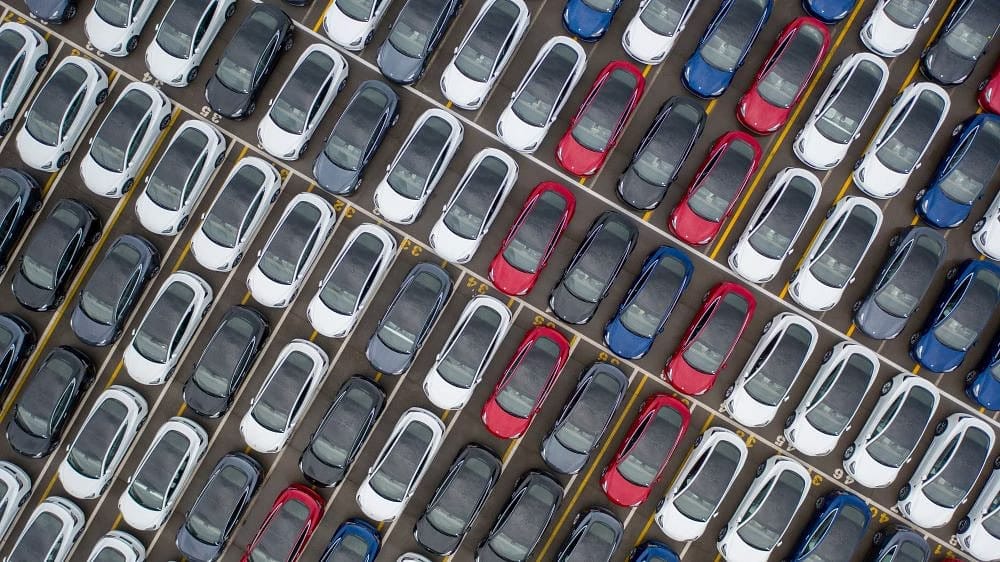
Chinese carmakers have overtaken Japan as the world’s top country for car exports, led by BYD, which ousted Teslas as the world’s most popular electric carmaker last year. (Photo: Tesla)
How is this mind-blowing fact possible when there’s no cranking of cylinders (the more cylinders, the faster and the more expensive the car) in a combustion engine to get the car going? Instead, EVs enjoy instant torque delivered by their electric motors — and China is already the world leader in battery technology with a 60 per cent share of the global market.
According to London consulting firm Benchmark Mineral Intelligence, China currently has 14 times the electric car battery-making capacity of the United States. Its top battery supplier, Contemporary Amperex Technology Company Limited (CATL), holds a 37 per cent global market share with a market capitalisation of almost US$240 billion. The company also supplies batteries to most of the world’s automakers, including BMW and Volkswagen.
BYD, meanwhile, benefits from a high degree of vertical integration that makes it peerless in its space. It was originally a battery company before it was acquired in 2003 by billionaire owner Wang, who recognised that evolving the company into an EV manufacturer would provide the Chinese firm with the best business opportunity to compete on the world stage.
BYD also owns access to resources like lithium mines, which are needed to make the lithium-ion batteries that power EVs. And yes, even Tesla now uses BYD’s faster charging Blade batteries in its Model Y units.

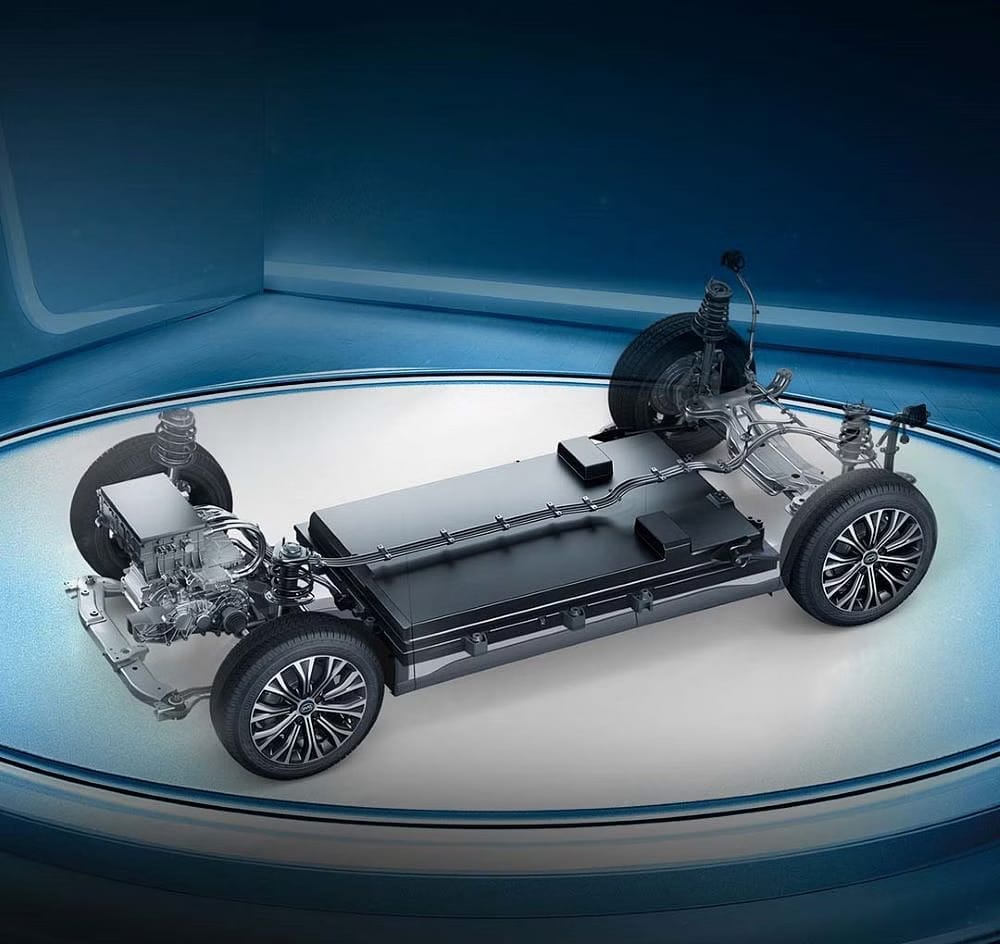
BYD’s Blade batteries are said to offer ultra-long range and faster charging capacities; they’re even used in Tesla’s Model Y units today. (Photo: BYD)
Survival of the fittest
The next few years will prove pivotal in the future viability of European, American, Japanese, and Korean carmakers. When a new-fangled Chinese EV can go as fast as an Italian sports car, how in the world are automotive incumbents expected to survive? Many are already losing their competitive advantages, and prior dominance is fast fading.
The Financial Times has reported that it’s been a “brutal few years” for the German car industry, Europe’s largest, with its network of suppliers continuing to “lose market share to Chinese rivals”.
The European Union (EU) notes that Chinese companies have begun expanding aggressively on their turf, accounting for 8 per cent of EV sales in Europe last year, and this is projected to increase to 15 per cent by 2025. Chinese firms are also believed to be undercutting the market by up to 20 per cent.
This has prompted the European Commission, the executive arm of the EU, to open an ongoing investigation into whether Chinese EV makers benefit from government subsidies in ways that violate trade rules.


Tesla founder Elon Musk believes protectionist policies are necessary to keep Chinese EVs from wiping out carmakers worldwide. (Photo: Tesla)
One likely response is for European and other markets to fight back with protectionist policies such as higher tariffs to keep these Chinese automakers from dominating the world. “If there are no trade barriers established, they will pretty much demolish most other companies in the world,” Musk said at The New York Times 2023 DealBook Summit.
But protectionism will only go so far. And it does little to improve the macro automotive landscape in the long run meaningfully.
Remember when Japanese carmakers began making inroads into the US market in the 1970s? That’s exactly how this feels. It took brands like Toyota, Honda, and Lexus half a century to reach the top of the market, paving the way for Korean car brands along the way, and we’d stake the S&P that these Chinese brands won’t take half as long to ascend similarly, barring regulatory hurdles and crippling trade barriers, of course.
Lost-cost, high-tech solutions
With affordability being a key hurdle to EV adoption, the most obvious way to entice EV-curious consumers is in lower-priced offerings, which is itself a challenge given that building and procuring electric motors are far costlier than producing combustion engines, which established automotive players have spent decades perfecting, albeit rather misguidedly on hindsight.
To this end, Musk has indicated that a US$25,000 entry-level Tesla could launch as soon as 2025, but in the meantime, it’s the Japanese and Korean brands that are perhaps best poised to go head-to-head with the Chinese EVs.
Nissan’s Leaf and Hyundai’s Ioniq 5 make compelling propositions in the mass market segment, with the latter — assembled in Singapore — winning the title of the “Straits Times Car of the Year 2023” amongst other global awards.

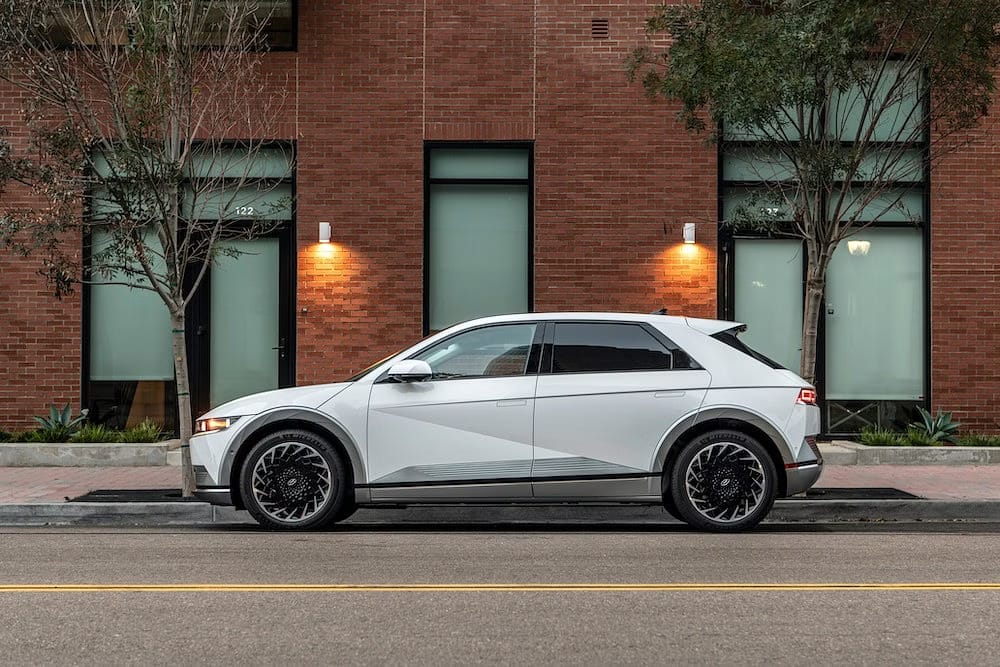
A popular EV in the mass market segment, the Hyundai Ioniq 5 was crowned “Straits Times Car of the Year 2023”. (Photo: Hyundai)
But where is Toyota in this conversation? The Japanese carmaker may have created the world’s first mass-produced hybrid vehicle with the popular Prius almost 30 years ago, but it has been notoriously slow in rolling out a formidable EV line-up, with only one fully electric model currently on the market: the unremarkably named bZ4X.
This, however, is set to change as last year, the company outlined an ambitious new technology roadmap focusing on producing solid-state batteries. These promise more energy density and shorter charging times than the widely used lithium-ion batteries to launch vehicles powered by their own solid-state batteries by 2027 to 2028.





Honda, meanwhile, is also making waves with a new US$40 billion investment announced to amp up its EV game. This will see 30 new Honda EVs globally by 2030, with the company planning to sell only zero-emission vehicles in major markets by 2040.
Now, Honda might be a little late to the party, but its new Honda 0 Series of EVs announced at the 2024 Consumer Electronics Show (CES) in Las Vegas last month may just be what consumers didn’t know they were looking for — something uniquely unseen, something supremely exciting, and something with the emotional appeal to justify the price premium of an EV.
For starters, the Saloon model looks like nothing on the market (or what’s scheduled to come), flexing such futuristic styling evocative of the neoteric aesthetic of the cult sci-fi film Tron. Complementing its neon lighting is a minimalistic digital cockpit with a yoke steering wheel as falcon wing doors swing upwards. It’s weird but wonderful, and yes, it will go into production in 2026.

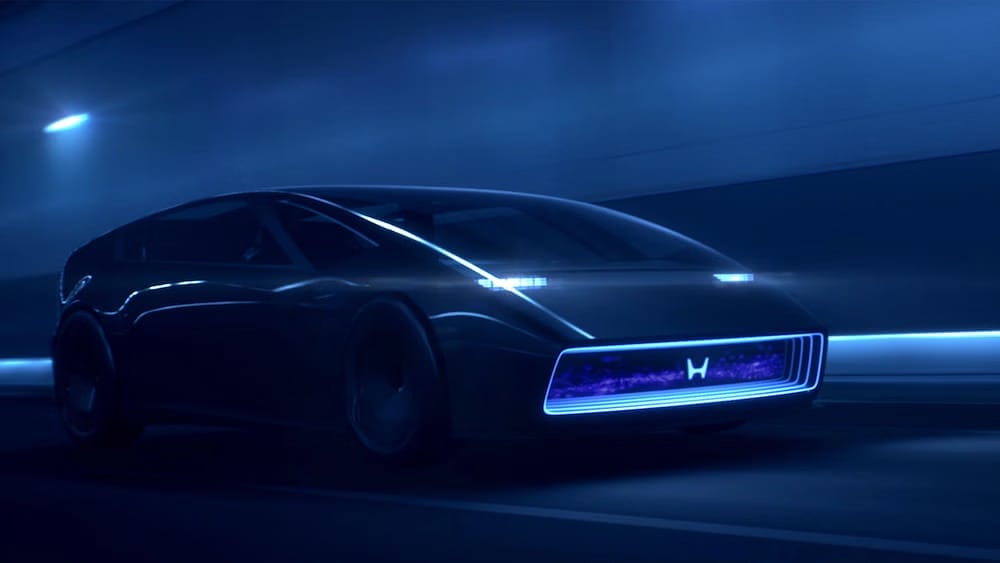
Dubbed the “Saloon”, this futuristic model from Honda is part of the Honda 0 Series of EVs that will go into production in 2026. (Photo: Honda)
Redefining luxury
As these mass-market brands keep upping their game in this new EV-centric world, the rules of engagement have consequently changed for legacy and luxury players. Simply electrifying existing product lines is scarcely sufficient. And competing on brand prestige and equity alone is no longer enough to secure their future. Instead, product innovation will be key to survival.
The automakers that will triumph through this green revolution will be the ones who radically rethink the very concept of a car. They will need to reimagine not only what the car of the future looks like but the very future of driving, for that matter.
Perhaps they can take a leaf out of what Audi envisions with its series of Sphere concept cars. Since 2021, the German carmaker has begun articulating its future vision with four ground-breaking car designs that position the brand as a master of metamorphosis.

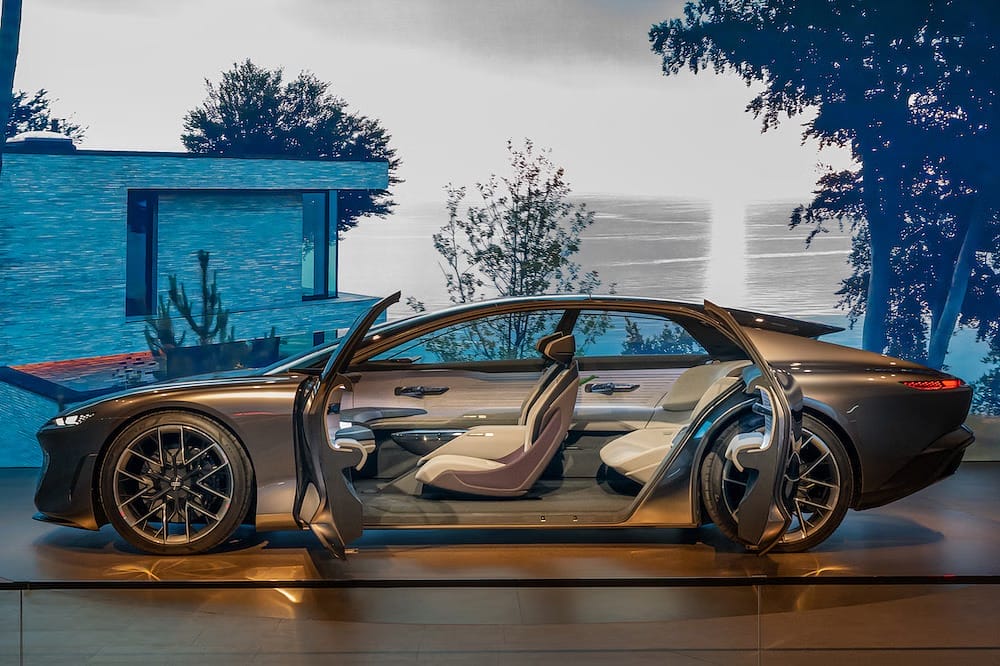
Audi’s Sphere concept of visionary cars reimagines the future of driving with ground-breaking, metamorphosing designs. (Photo: Audi)
From the Skysphere roadster and the Grandsphere sedan to the Urbansphere SUV and Activesphere luxury coupé that can transform into a pickup ready for an adventure in the great outdoors, these avant-garde innovations challenge our current realities with an element of surprise and illustrate what’s possible within and beyond the confines of a car interior.
Imagine a lounge-like cabin reminiscent of luxury air travel with reclining seats, a steering wheel that can be tucked away when you feel like sitting back and being chauffeured, and a spacious inner sanctum with advanced augmented reality capabilities at your fingertips.
Still, while these concept cars may not be commercially available for sale (yet), it’s not pure conjecture — Audi has confirmed that it will launch a fully electric version based on the Grandsphere concept in 2025.

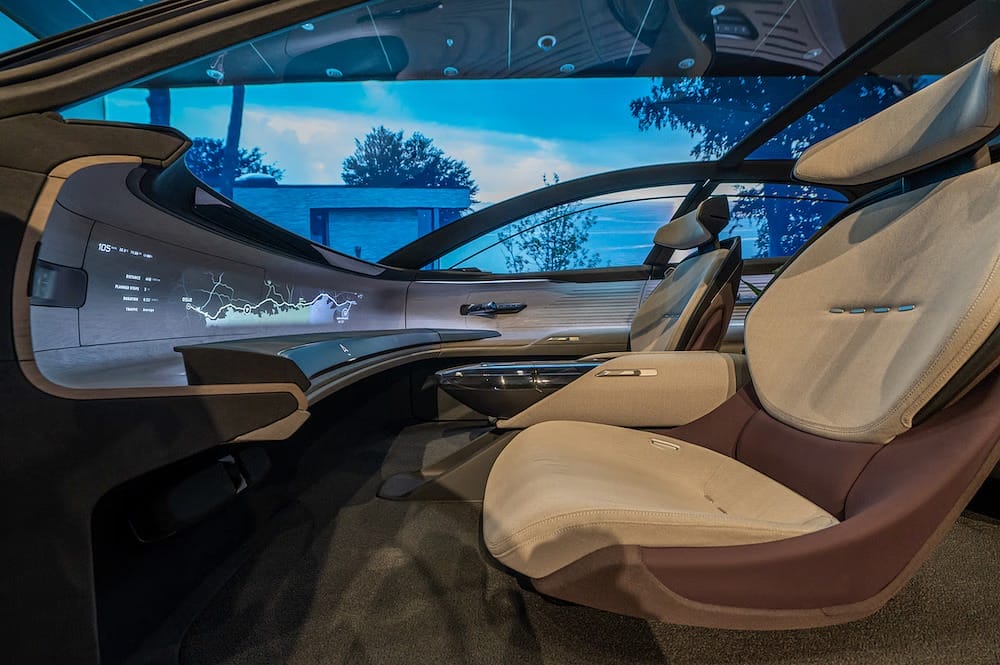
In the lounge-like interior of the Grandsphere sedan, the retractable steering wheel can be tucked away in favour of autonomous driving when the passenger feels like being chauffeured. (Photo: Audi)
Most motorists worldwide will probably not be able to afford a state-of-the-art Audi Sphere model when it arrives next year. And so, for the masses, a snazzily designed, digital-forward Chinese EV they’ve yet to hear of might prove an attractive enough alternative.
The writing is on the wall in this new world order, and if Chinese carmakers led by BYD do, in fact, succeed in their attempt at world dominance, Elon Musk might not be the world’s richest man for long.

